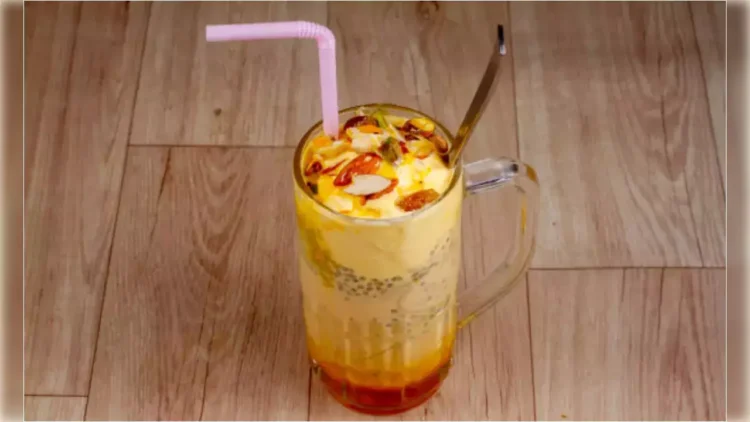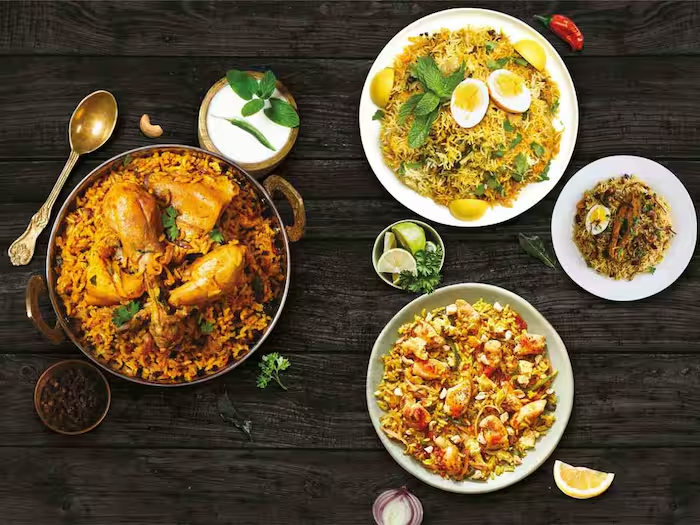Falooda’s History: How It Became a Well-liked Street Treat
Summertime brings with it an upsurge in demand for cooled and frozen desserts. In addition to kulfi, another popular traditional treat during this season is falooda. on this intense heat, falooda is being sold on little carts by a lot of street sellers. This chilled treat, which is said to be centuries old, is created using vermicelli.

Layers of vermicelli, sabja seeds, rose syrup, milk, ice cream, and an abundance of nuts and dried fruits are often found in falooda. This rich dessert, which is highly popular in South Asia, comes in a variety of forms and may be made with your favorite fruits or jelly cubes. But falooda isn’t Indian, did you know that?
Historians claim that this dessert’s origins may be traced back to Iran, where it was enjoyed on festive occasions like festivals. Back about 400 BC, it was referred to as “faloodeh” at first. The original recipe called for sugar syrup, vermicelli, and rose water.
You may now be asking how falooda made its way to India and gained such a following. The Mughals are credited with introducing it to the nation during the sixteenth and eighteenth centuries. The cuisine historian K.T. Achaya claims that Jahangir, son of Akbar, may have brought falooda to the Mughal court. The Mughal kings enjoyed this dessert.
As this refreshing treat developed over time, vermicelli became to be a necessary component. Later, milk was often added to provide a fuller consistency. Later, other ingredients like ice cream were introduced by European merchants, further enhancing the falooda experience.
Even while falooda originated in royal courts, it had become well known on the streets by the 20th century. These days, you may find this vibrant treat sold by sellers on several carts across the nation, along with other delectable toppings. Falooda is a popular dessert not only in India but also in Bangladesh, Pakistan, and Nepal.
Recipe for Falooda: Ingredients:
One spoonful of seeds of sweet basil
half a cup water, one box of falooda sev, and four to six teaspoons of rose syrup
one cup of milk
Twice as much vanilla ice cream
Use dried rose petals and chopped pistachios as garnish.
Technique
After the sweet basil seeds turn transparent, soak them in ½ cup of water for at least 15 minutes.
Heat up 3 cups of water until it boils. Noodles for falooda sev should be cut into 2-3-inch pieces and cooked as directed on the box.
Once completely drained, rinse with cold water and lay aside in a colander.
Place two teaspoons of cooked falooda sev, soaking sweet basil seeds, and rose syrup in each of two tall glasses.
Fill each glass with ⅔ cup of milk. Add a spoonful of vanilla ice cream on top. Add dried rose petals and chopped pistachios as garnish. Serve after giving it a little stir.







